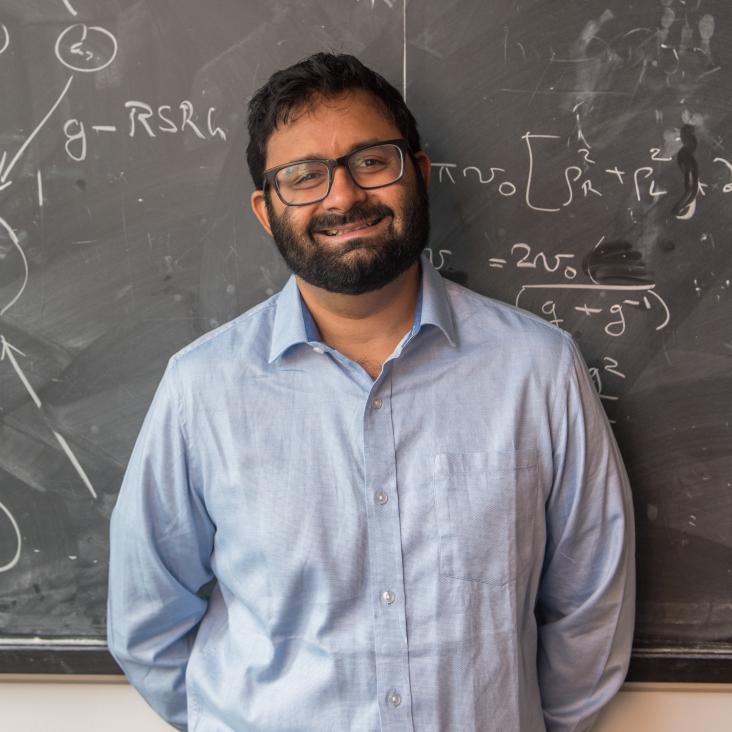Superuniversality from disorder at two-dimensional topological phase transitions
University of Oxford (2020)
Abstract:
Data were produced by stochastic series expansion Monte Carlo simulations.Distinguishing localization from chaos: challenges in finite-size systems
(2019)
Topology and symmetry-protected domain wall conduction in quantum Hall nematics
Physical review B: Condensed matter and materials physics American Physical Society 100:16-15 (2019) 165103
Signatures of information scrambling in the dynamics of the entanglement spectrum
Physical review B: Condensed Matter and Materials Physics American Physical Sociey 100 (2019) 125115


